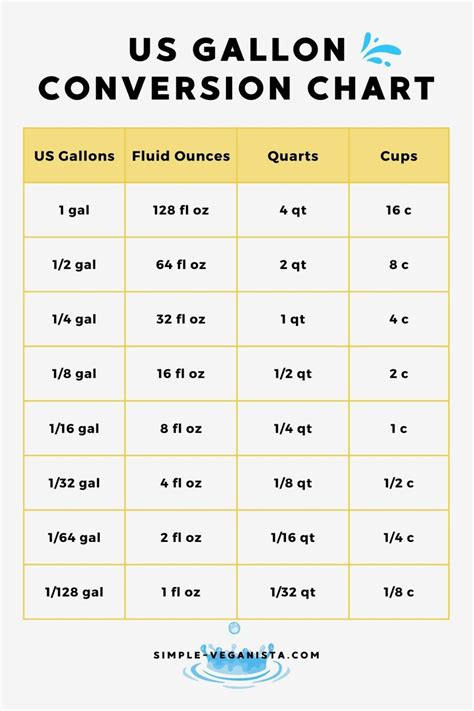Examples Of Concurrent Powers

The concept of concurrent powers refers to the shared authority between different levels of government, typically between a federal government and its constituent units, such as states or provinces. This sharing of power is designed to ensure that both levels of government can address certain issues and provide services to their citizens, while also preventing either level from abusing its authority. Concurrent powers are a key feature of federal systems of government and are essential for maintaining the balance of power and promoting cooperation between different levels of government.
Definition and Examples of Concurrent Powers

Concurrent powers are defined as the authority granted to both the federal government and the states to regulate certain areas of public policy. These powers are typically outlined in a country’s constitution and can include areas such as taxation, law enforcement, and environmental regulation. For example, in the United States, both the federal government and the states have the power to tax their citizens, with the federal government imposing income taxes and the states imposing sales taxes and property taxes.
Types of Concurrent Powers
There are several types of concurrent powers, including:
- Legislative Powers: The authority to make laws, which is shared between the federal government and the states. For example, both the federal government and the states have the power to regulate business and commerce.
- Executive Powers: The authority to enforce laws, which is also shared between the federal government and the states. For example, both the federal government and the states have the power to maintain law enforcement agencies and regulate public health.
- Judicial Powers: The authority to interpret laws, which is shared between the federal government and the states. For example, both the federal government and the states have the power to establish courts and hear cases related to federal and state laws.
| Concurrent Power | Federal Government | State Government |
|---|---|---|
| Taxation | Imposes income taxes | Imposes sales taxes and property taxes |
| Law Enforcement | Maintains federal law enforcement agencies | Maintains state and local law enforcement agencies |
| Environmental Regulation | Regulates federal environmental policies | Regulates state environmental policies |

Examples of Concurrent Powers in Practice

Concurrent powers can be seen in practice in various areas of public policy, including:
- Healthcare: Both the federal government and the states have the power to regulate healthcare, with the federal government providing funding for programs such as Medicaid and the states regulating healthcare providers and insurance companies.
- Education: Both the federal government and the states have the power to regulate education, with the federal government providing funding for programs such as student loans and the states regulating schools and educational standards.
- Infrastructure: Both the federal government and the states have the power to regulate infrastructure, with the federal government providing funding for highways and the states regulating roads and public transportation.
Key Points
- Concurrent powers refer to the shared authority between different levels of government.
- Examples of concurrent powers include taxation, law enforcement, and environmental regulation.
- Concurrent powers are essential for maintaining the balance of power in a federal system of government.
- Concurrent powers can be seen in practice in various areas of public policy, including healthcare, education, and infrastructure.
- The concept of concurrent powers is designed to promote cooperation between different levels of government and prevent either level from abusing its authority.
Benefits and Challenges of Concurrent Powers
The concept of concurrent powers has several benefits, including:
- Promoting Cooperation: Concurrent powers promote cooperation between different levels of government, allowing them to work together to address common issues and provide services to their citizens.
- Preventing Abuse of Authority: Concurrent powers prevent either level of government from abusing its authority, as both levels have the power to regulate certain areas of public policy.
- Increasing Efficiency: Concurrent powers can increase efficiency, as both levels of government can work together to provide services and address issues, reducing duplication of effort and increasing effectiveness.
However, concurrent powers also present several challenges, including:
- Conflicts of Authority: Concurrent powers can lead to conflicts of authority, as different levels of government may have different interpretations of their powers and responsibilities.
- Duplication of Effort: Concurrent powers can lead to duplication of effort, as different levels of government may be working on the same issue or providing the same services, resulting in waste and inefficiency.
- Complexity: Concurrent powers can create complexity, as different levels of government may have different regulations and procedures, making it difficult for citizens and businesses to navigate the system.
What are concurrent powers?
+Concurrent powers refer to the shared authority between different levels of government, typically between a federal government and its constituent units, such as states or provinces.
What are some examples of concurrent powers?
+Examples of concurrent powers include taxation, law enforcement, and environmental regulation.
What are the benefits of concurrent powers?
+The benefits of concurrent powers include promoting cooperation between different levels of government, preventing abuse of authority, and increasing efficiency.
In conclusion, concurrent powers are an essential feature of federal systems of government, allowing different levels of government to work together to address common issues and provide services to their citizens. While concurrent powers present several benefits, including promoting cooperation and preventing abuse of authority, they also present several challenges, including conflicts of authority, duplication of effort, and complexity. By understanding the concept of concurrent powers and their benefits and challenges, citizens and policymakers can work together to promote effective governance and ensure that the needs of all citizens are met.



